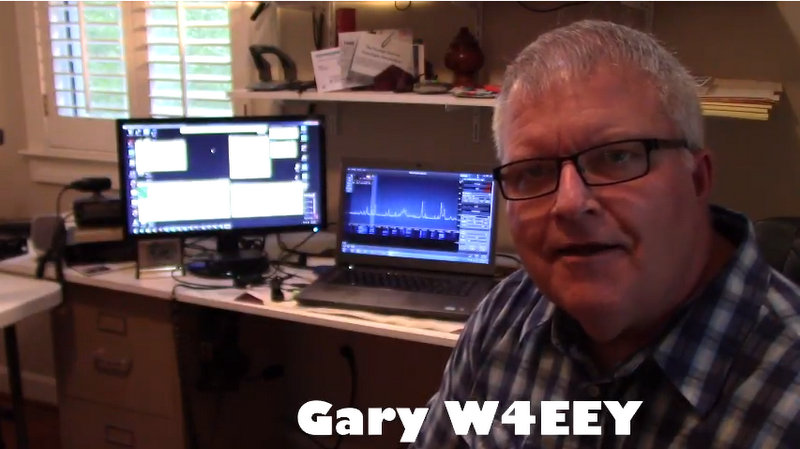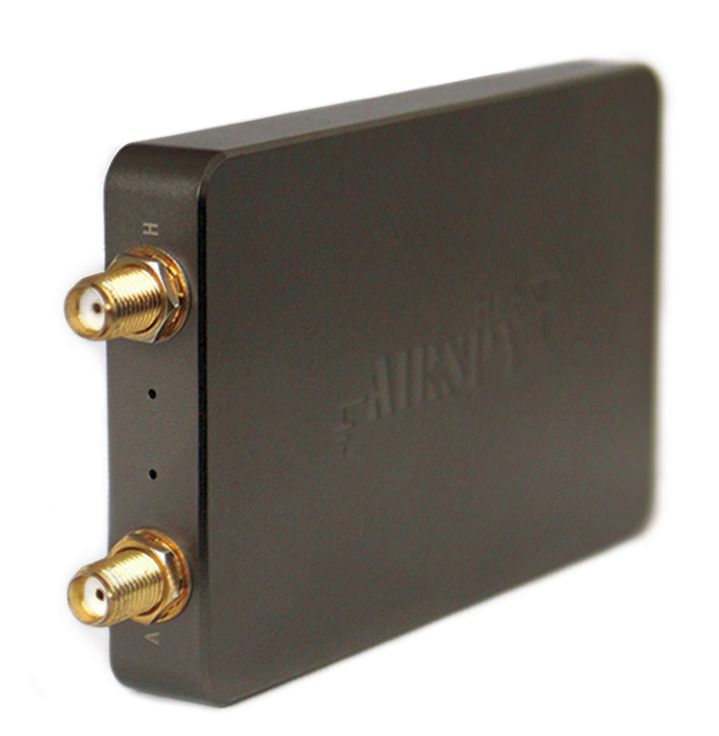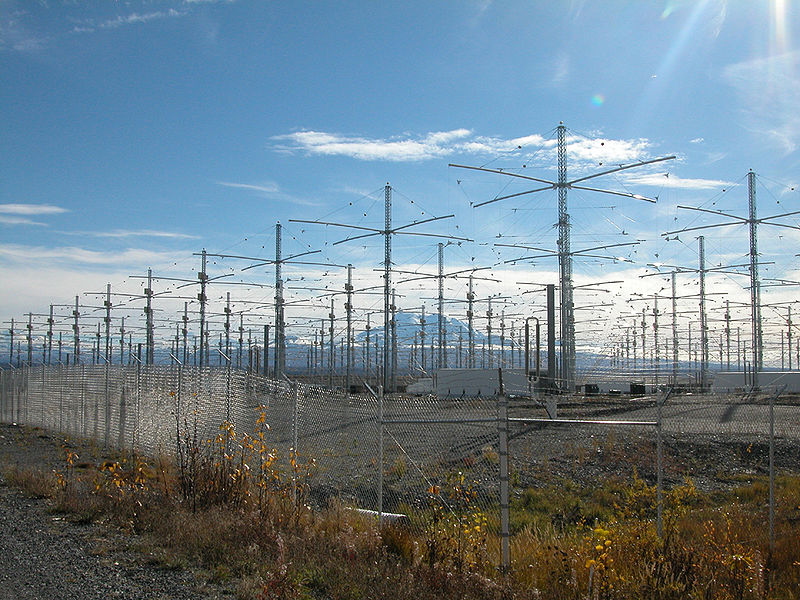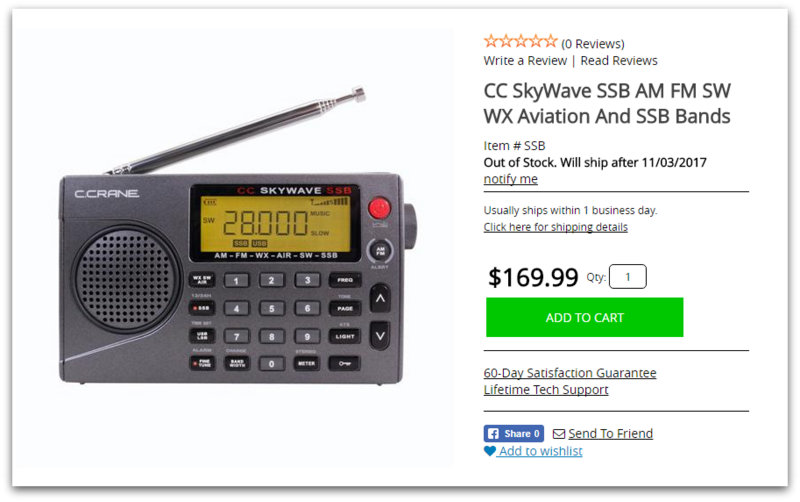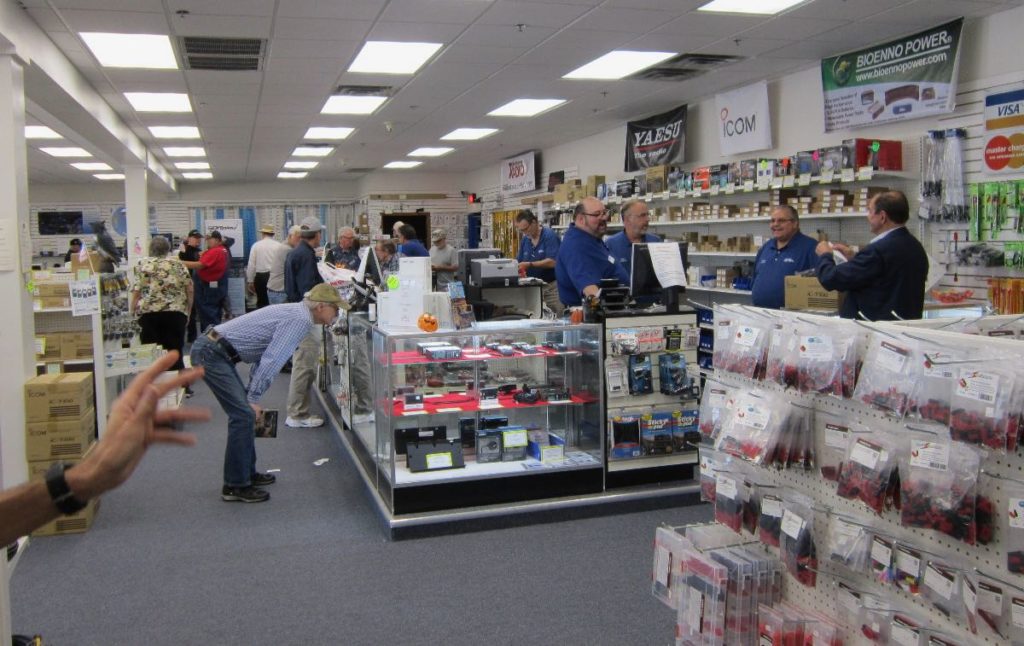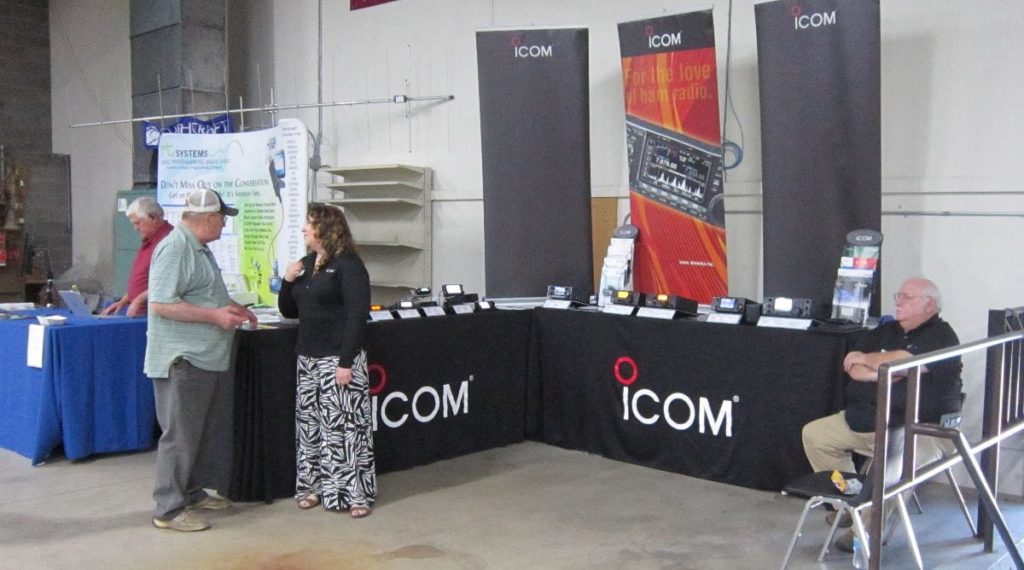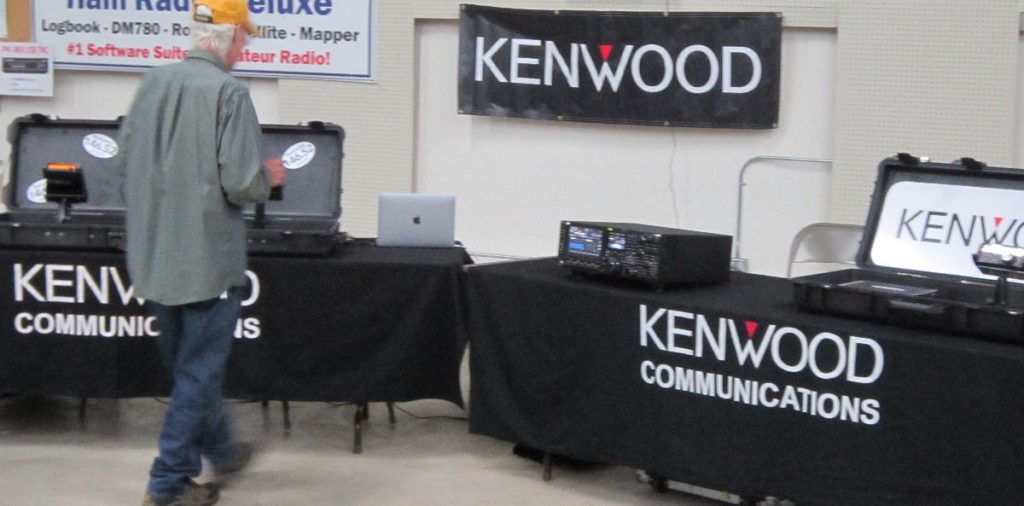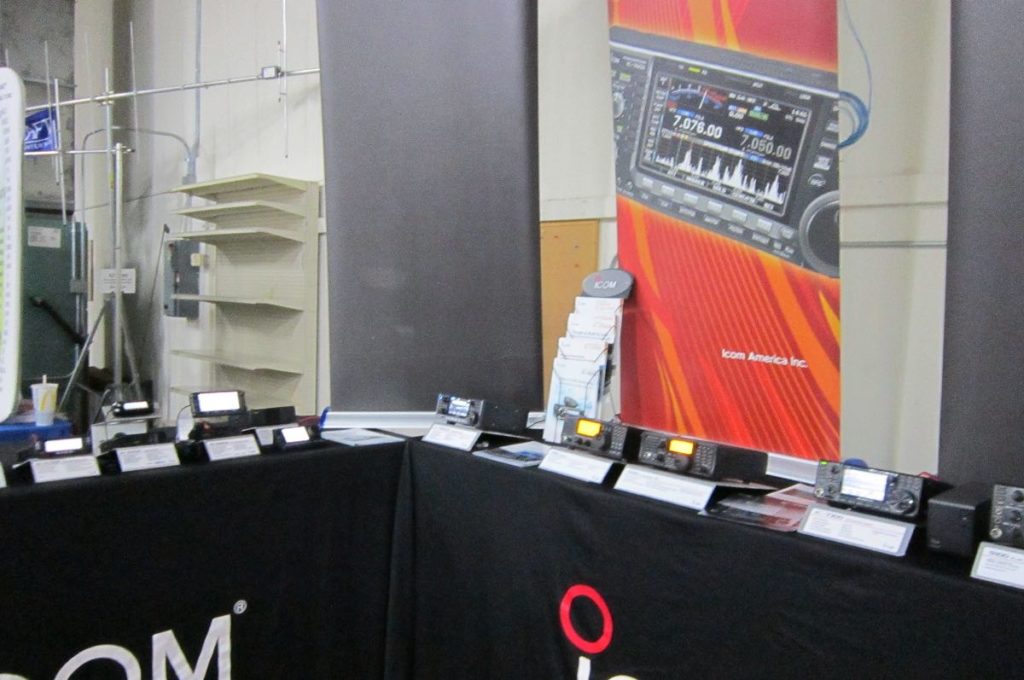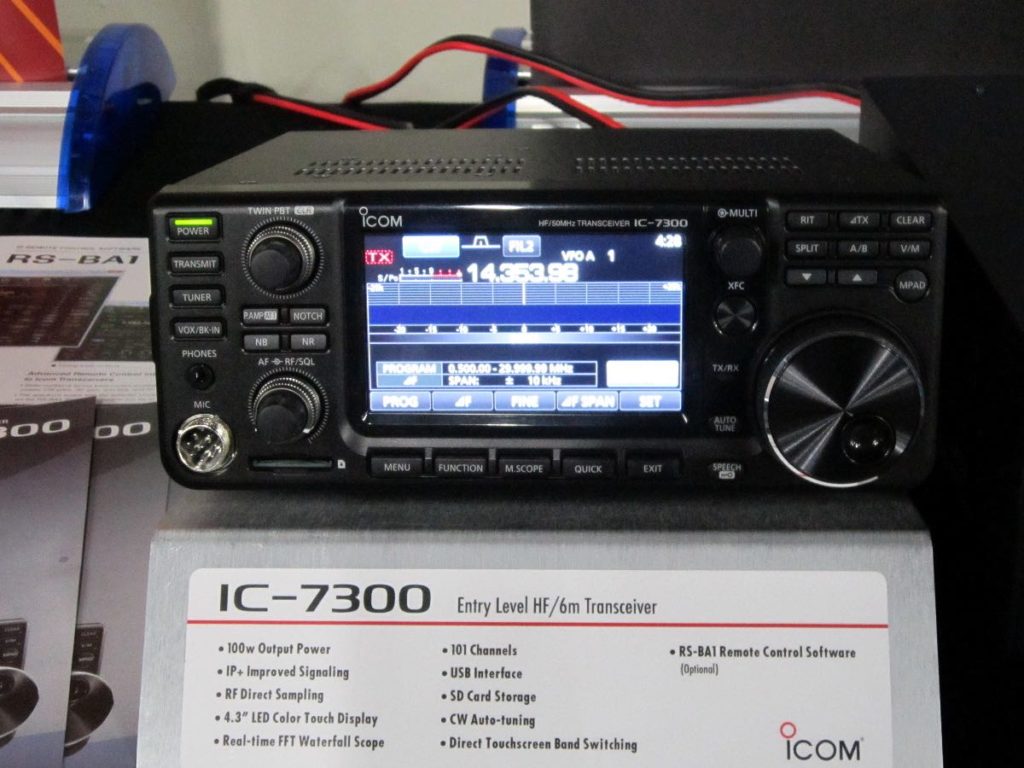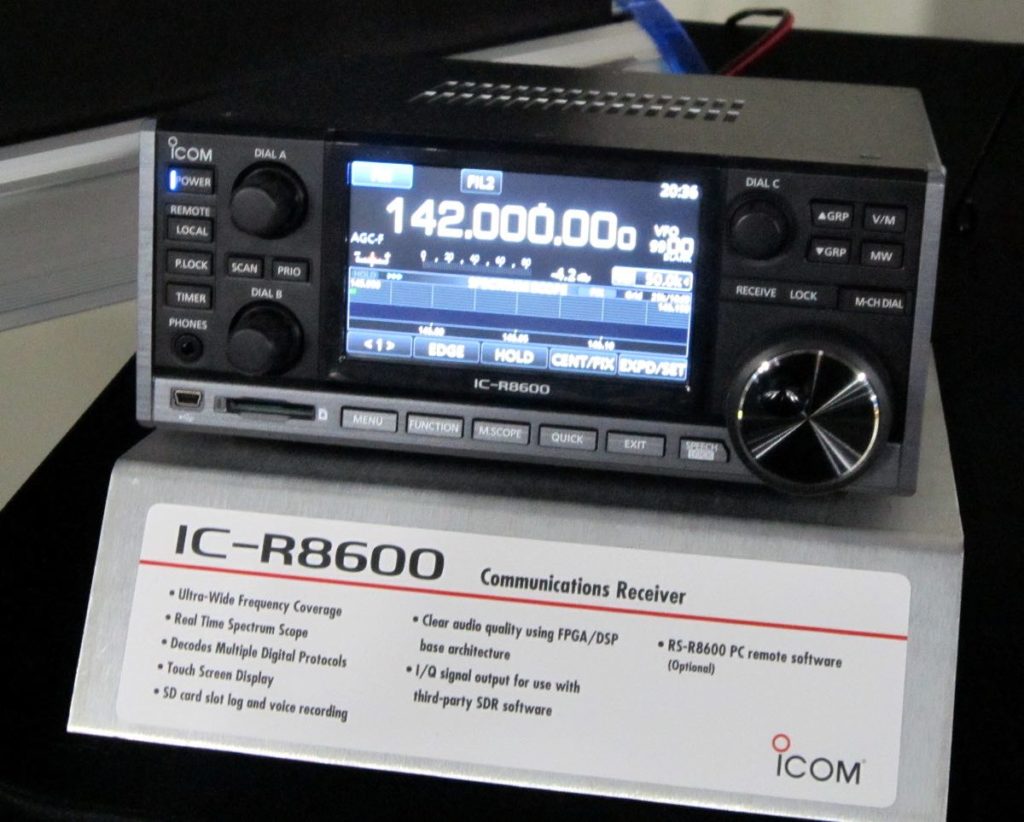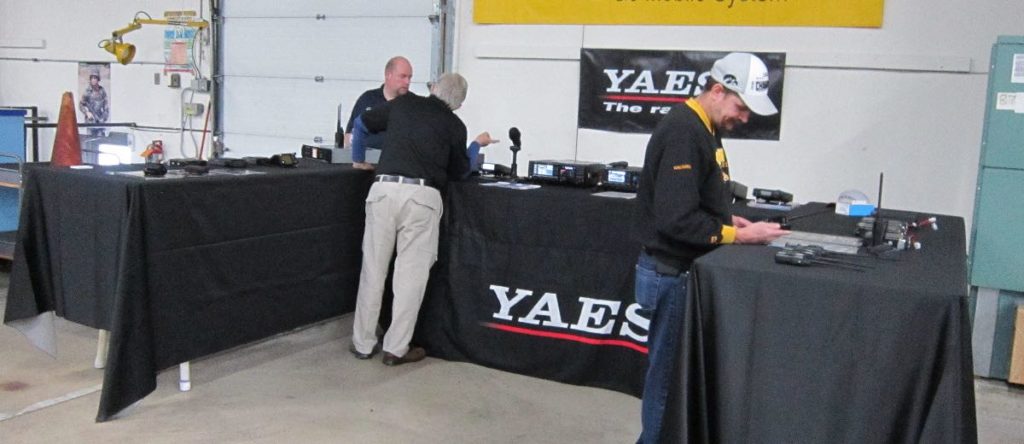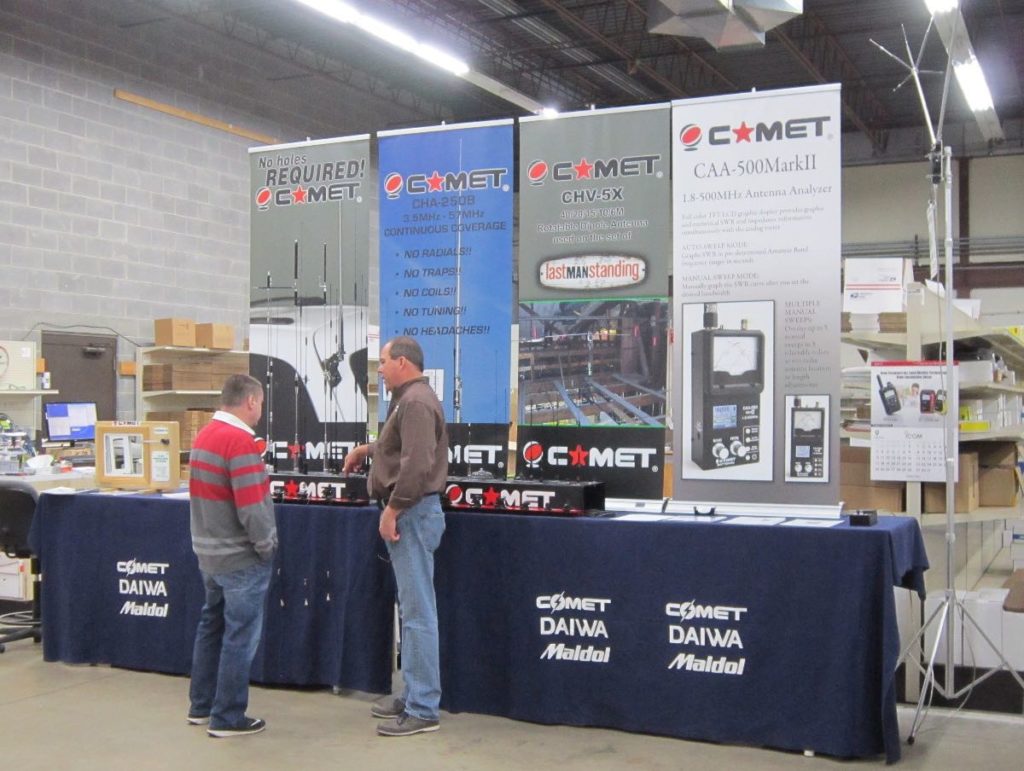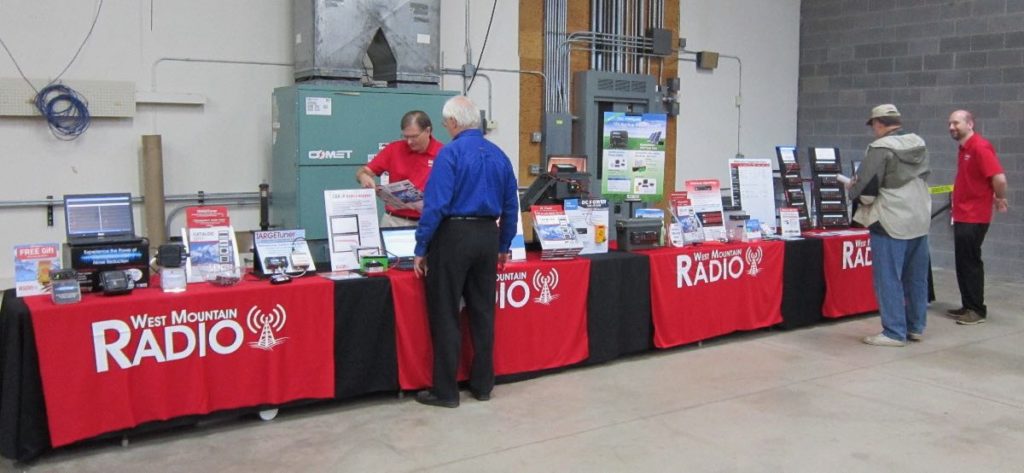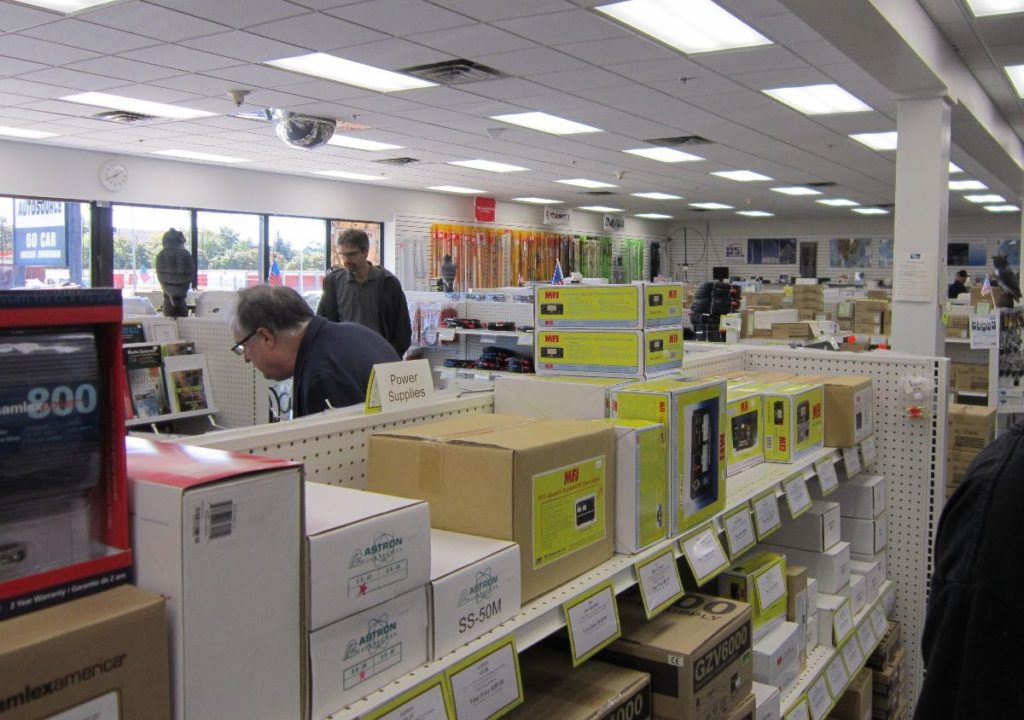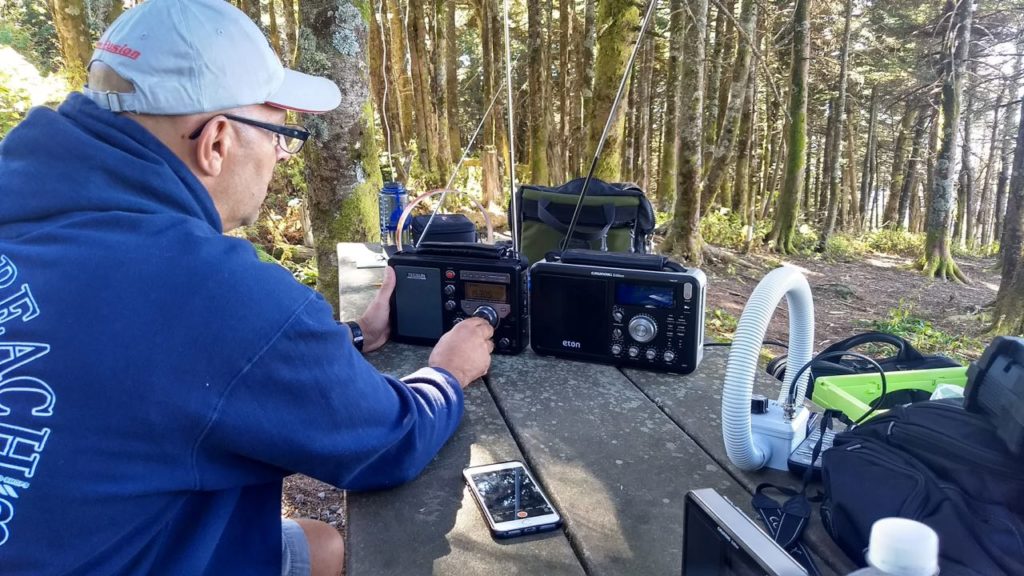
Troy Riedel preparing the Tecsun S-8800 and Grundig Field BT for a comparison review.
Shortly after publishing my review of the Tecsun S-8800, SWLing Post contributor Troy Riedel contacted me and asked if I would consider comparing the S-8800 to the Grundig Field BT. Of course I was very curious how the $130 Grundig Field BT might compare with the $268 Tecsun S-8800, but I’ve got a lot on my plate at the moment and didn’t really want to purchase another large portable.
Long story short: Troy found a honey of a deal on a perfect Grundig Edition Field BT via eBay. He ordered it and we decided to bring the two radios together yesterday at beautiful Mount Mitchell State Park— the highest point east of the Mississippi river.
Yesterday was an ideal day, too. The weather was picture-perfect, the park was (surprisingly) not too busy and propagation was the best I’ve experienced in weeks.
Troy left early in the morning and embarked on the 6+ hour pilgrimage to Mount Mitchell–I only live an hour away, so it was a casual drive for me. We met at noon.
Parks On The Air
After a quick lunch, we deployed my Elecraft KX2 with EFT Trail-Friendly antenna and made my first Parks On The Air (POTA) activation.
You might recall I was very active during the ARRL National Parks On The Air (NPOTA) program last year, but since then I’ve done few field deployments. It was great fun to get on the air again and do a park activation for the World Wide Flora & Fauna POTA program.
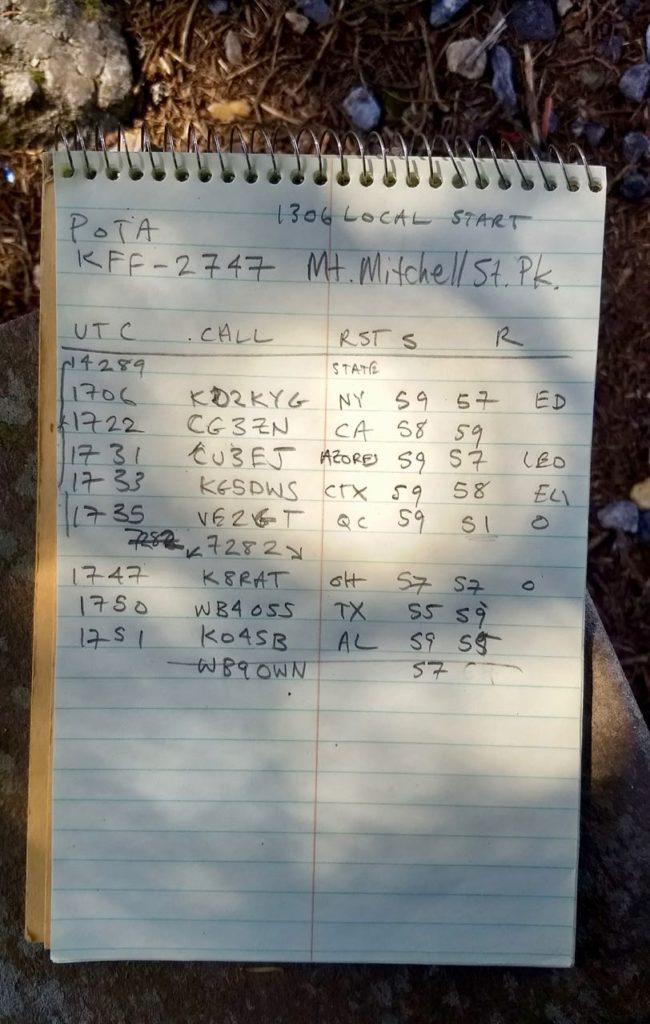
While we didn’t log a lot of stations, I was still impressed we worked stations from Texas to Quebec to the Azores. Not bad for 10 watts SSB!
Sure, I only worked a handful of stations, but this activation was essentially unannounced so chasers had no advance notice. No doubt, many more POTA activations are in my future! The bug has bitten!
Radio Fun
Except for a break to eat dinner at the park restaurant and a short hike to the peak of Mount Mitchell, we played radio until about 8:00 PM. It was amazing, uninterrupted fun.
Troy spent a lot of time comparing the Tecsun S-8800 with the Grundig Field BT and made several videos. No doubt, he’ll post his thoughts and review in the near future!
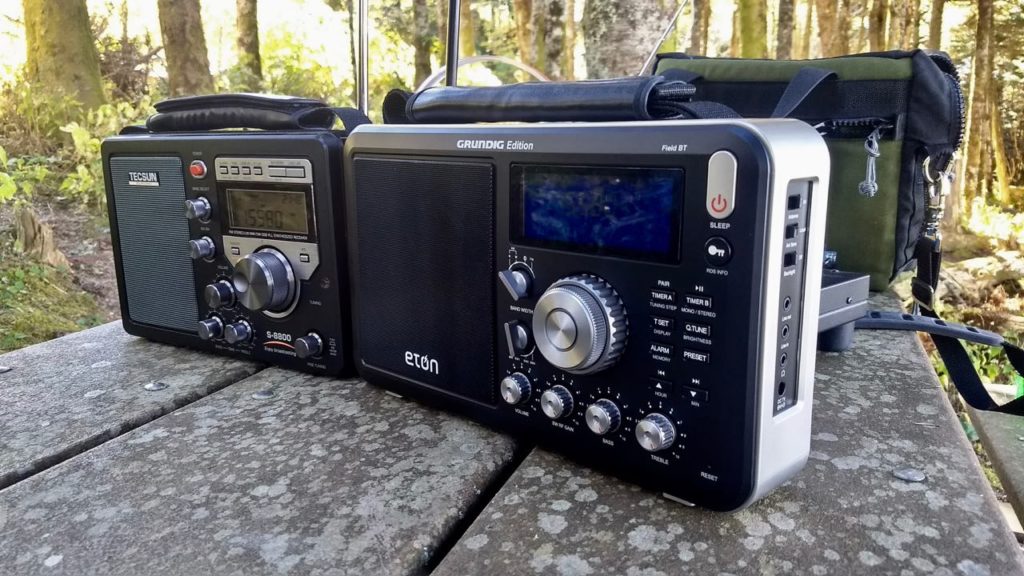 Being a bit of radio geek, I couldn’t help but bring a few “extra” radios and accessories. Here’s what I packed:
Being a bit of radio geek, I couldn’t help but bring a few “extra” radios and accessories. Here’s what I packed:
We were a little disappointed to discover that both my Tecsun PL-680 and Grundig Satellit exhibited flaky behavior.
During my S-8800 comparison tests, a few weeks ago, I did notice that sometimes when I turned on the PL-680, it was absolutely deaf. Next time I turned it on, it worked fine. Yesterday, the PL-680 simply didn’t want to perform. I’m not sure what happened.
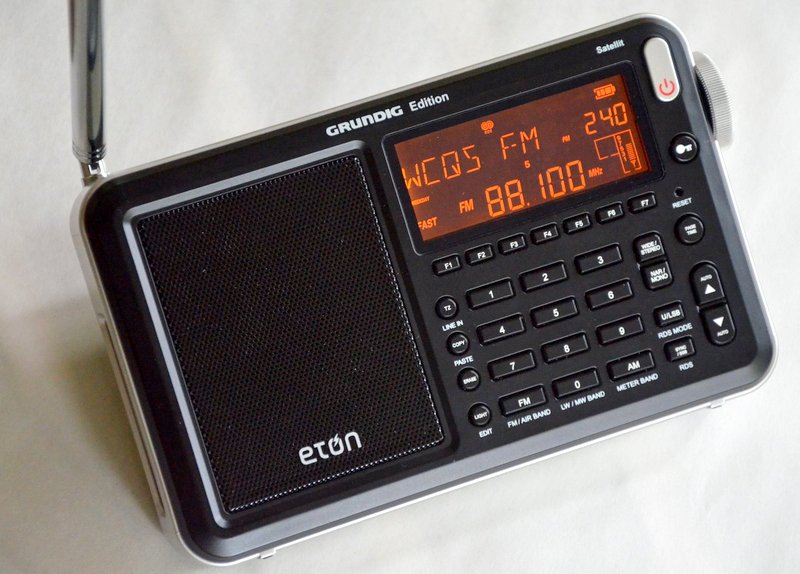
The Grundig Satellit, on the other hand, worked great, but sometimes if you touched either the antenna or even brought your hands near the radio body while tuned to a station, it would go deaf. You could correct this by tuning off frequency, then back on–still…very strange! It’s as if the AGC or RF gain were hanging up.
Have any Post readers experienced this before? I’ll look into the issue this week and reset both radios. Perhaps that will help.
A great “Mini DXpedition”
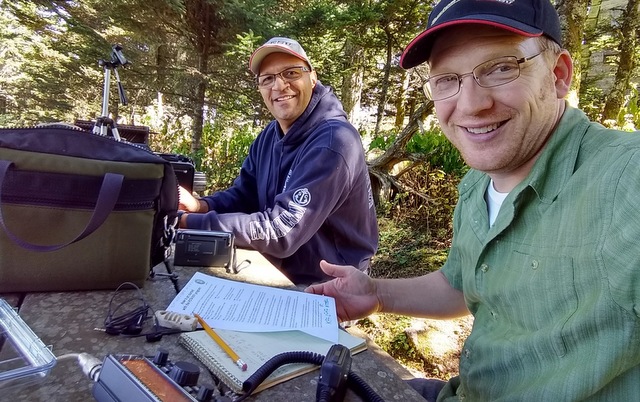
Thank you, Troy, for suggesting the meet up and for making the pilgrimage. It was great meeting you in person! I also thoroughly enjoyed watching someone else do comparison tests and exploring a new radio–Troy certainly has a knack for doing radio evaluations!
This has encouraged me to do more meet-ups, perhaps during my travels. Great fun!
Post Readers: be on the lookout for Troy’s comparison of the Grundig Field BT and Tecsun S-8800 in the coming days/weeks (no pressure, Troy!).
UPDATE: Click here to read Troy’s comparison.


